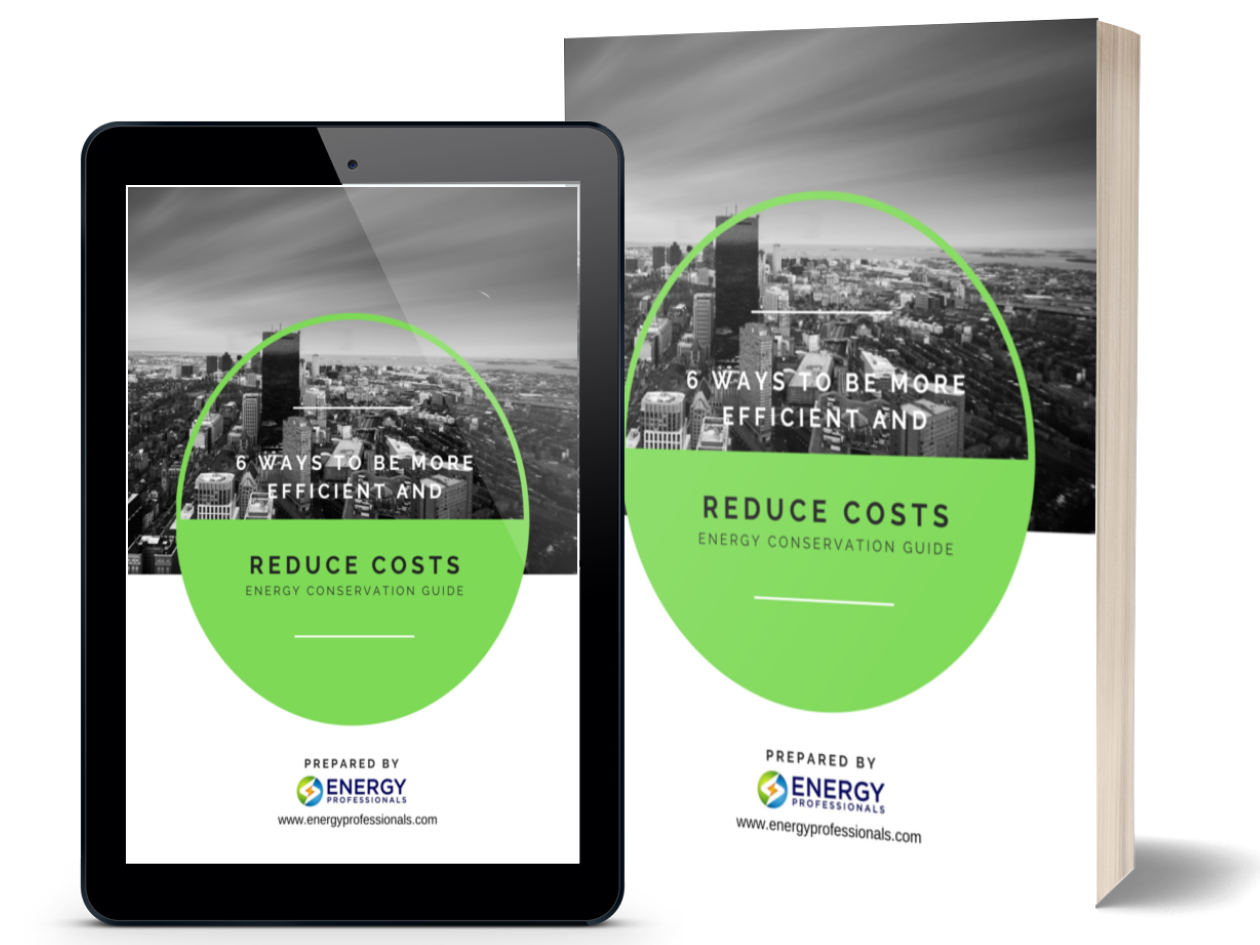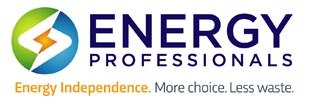Rising Utility Costs: How Utilities Are Responding
Rising Utility Costs As global economies recover from the shocks of inflation, energy transitions, and supply chain disruptions, one trend

Rising Utility Costs As global economies recover from the shocks of inflation, energy transitions, and supply chain disruptions, one trend
As global economies recover from the shocks of inflation, energy transitions, and supply chain disruptions, one trend has remained constant — rising utility costs.
Many households and businesses feel the squeeze of higher monthly bills, from electricity and water to gas and internet. Unfortunately, the increase isn’t just a passing phase; it’s part of a larger shift in how utilities generate, deliver, and manage essential services during rising demand.
But as consumers adjust their budgets, utilities are also evolving — adopting new strategies, technologies, and service models to cope with mounting pressures and better serve their customers.
So in today’s article, I will discuss how utility companies respond to rising utility costs.
In 2014, the average U.S. residential electricity rate was 13.09 cents per kilowatt-hour. By August 2024, that number had climbed to 17.30 cents — a 32% increase over the past decade. And while gradual increases were common in earlier years, recent years have seen much sharper jumps in utility prices, far exceeding the rate of growth we’d seen before.
Understanding the intricate network of factors contributing to rising utility costs is necessary to understand what’s behind rising utility costs.
Energy markets worldwide have been unstable over the past few years, and fuel shortages, geopolitical issues, and the rising cost of switching to renewable energy have all led to price changes.
Infrastructure improvements, such as those made by water utilities to combat drought conditions and ensure long-term sustainability, are costly and are typically passed on to consumers.
On the same note, electric utility companies are upgrading their grids to accommodate renewable energy sources, such as wind and solar, which require sophisticated infrastructure to handle the variable output levels.
Natural gas companies are experiencing pressure to use more clean-burning fuels, and at the same time, their companies are struggling with more stringent environmental regulations.
And as you can imagine, all these combine to have a ripple effect that eventually affects the end-user prices.
So, how are utility companies adapting to this new economic reality?
Well, one thing is sure: Utilities are not just increasing prices or sitting back in the wake of these challenges. Instead, they react by being innovative, more efficient, and customer-focused.
Rapid digital change is one of the sector’s most apparent changes. Smart meters, intelligent demand forecasting, and automated billing systems are among the ways utilities are streamlining their performance and minimizing operational expenses.
To illustrate, several electricity companies today rely on real-time information to forecast peak hours and loads. This allows them to balance the load and prevent unnecessary burdens on their power system. This shift enhances reliability and reduces expensive outages that may drive costs to even greater levels.
Meanwhile, water and gas companies are investing in leak detection systems, predictive maintenance systems, and sophisticated analytics to detect inefficiencies before they become costly.
The innovations indicate a shift towards a more active and sustainable form of utility management that benefits both utility providers and consumers.
One of the largest—and least noticed—responses utilities offer to economic pressures is re-inventing the customer experience.
Excellent customer service has never been more crucial in an era when people are frustrated by high bills.
Most utilities also proactively improve customer service to keep customers informed, supported, and valued despite the cost increase.
For example, companies like The Office Gurus and DialProConnect are major outsourced customer service solutions providers. They assist utility companies in improving their customer experience through efficient, professional, and empathetic customer support departments. The teams handle questions, invoices, downtime, and other issues, ensuring that customers receive prompt and accurate assistance.
Utilities can focus on infrastructure and innovation with the help of their experienced service providers while maintaining strong customer relationships.
The enhanced communication mechanisms, such as chatbots, self-service portals, and a 24/7 call center, will enable consumers to understand their bills better, analyze payment options, and even learn energy-saving tips to control their costs.
This service orientation enhances customer satisfaction and creates long-term trust.
Consumers will be more likely to remain loyal to those who provide their services when they believe their concerns are acknowledged and addressed, even during challenging economic times.
Another important element of utilities’ response is long-term investment in sustainability.
Switching to renewable energy sources is not inexpensive; however, it is necessary to reduce reliance on fossil fuels and stabilize costs in the future.
Through solar farms, wind turbines, and battery storage systems, utilities are gradually developing resilience against volatile global fuel markets.
In addition, many businesses are offering customers the option to participate in so-called green programs, where consumers can pay a little more to ensure that renewable resources supply their power.
In the long run, as these technologies become more efficient and widespread, the cost of clean energy will decrease, benefiting the environment and enabling people to save money.
Moreover, water companies are undertaking sophisticated conservation initiatives, encouraging the development of drought-tolerant landscapes, and investing in wastewater recycling plants.
Such measures not only lessen the burden on natural resources but also reduce long-term operational costs, allowing communities to enjoy affordable and reliable services in the future.
Governments and other regulatory agencies contribute significantly to utilities’ responses to increasing costs. Incentive programs, rebates, and subsidies are being adopted in many areas to promote energy efficiency and infrastructure modernization.
For example, utilities that invest in renewable generation or utilize innovative grid technologies can receive a tax break or funding.
In the meantime, collaboration between the public and private sectors is increasing, resulting in utilities sharing resources, experience, and technology.
Such joint ventures would be especially useful in the developing world, where modernizing infrastructure can greatly enhance energy availability and affordability.
Increasing utility bills are inevitable in the modern global economy, yet they are also a source of change.
The role of utilities is no longer merely that of suppliers of services, but they are now innovators, educators, and sustainability partners. With digital innovations, intelligent infrastructure, and enhanced customer service, utilities are discovering new avenues to perform efficiently without losing customers at the core of their strategy.
If you’re unfamiliar with energy deregulation, or it’s been a while since you reviewed your rates from local energy suppliers, you could already be paying more than you should.
Take a moment to explore your options and see how much you could save or protect your business from future increases. If you’d like to learn more, click below or call us at (888) 473-3829.
Our licensed energy consultants will help you understand how energy choice works, review your available plans, and provide competitive rate options — all with zero obligation.
We’re here to provide the information you need to make the best decisions for your business and future.


Don't have one? You can get one by calling us at 855-4-PKIOSK.
Energy Professionals is committed to finding its customers the best possible rates on electricity and natural gas. Tell us your location and service type and our energy manager will connect you to the most competitive offers.
Switching to an alternate supplier is easy. There is no chance of service disruption, and you'll continue with your current utility for energy delivery and emergency service. Take a few minutes to discover your best offers, and enjoy the benefits of retail energy in your home or business.
1. Energy Type
2. Service Type
3. Zip Code
4.Local Company
5.Zone
We believe that knowledge is power. Here’s a free e-book that provides business solutions to reducing energy costs.
Download E-Book Free Energy Audit




